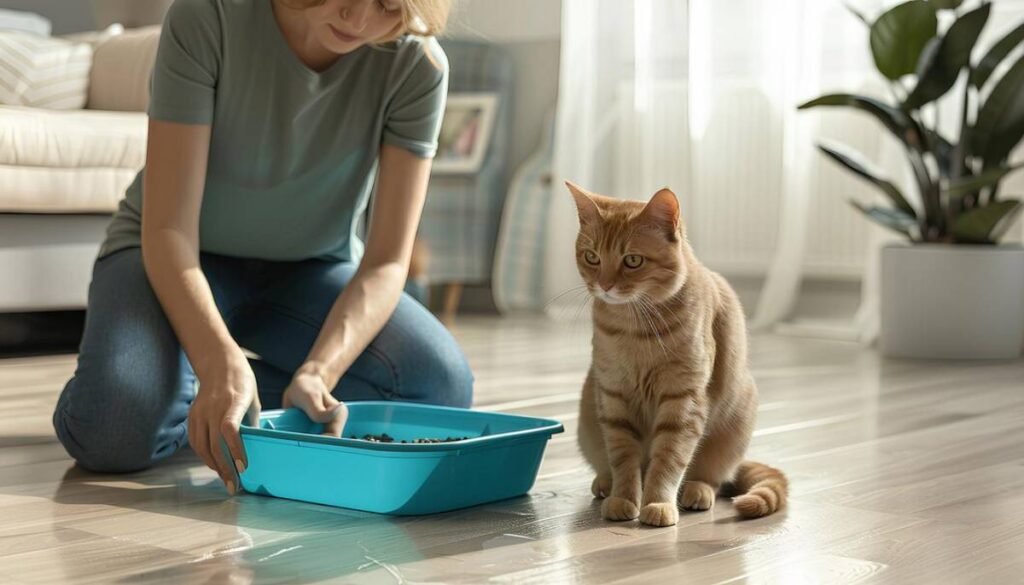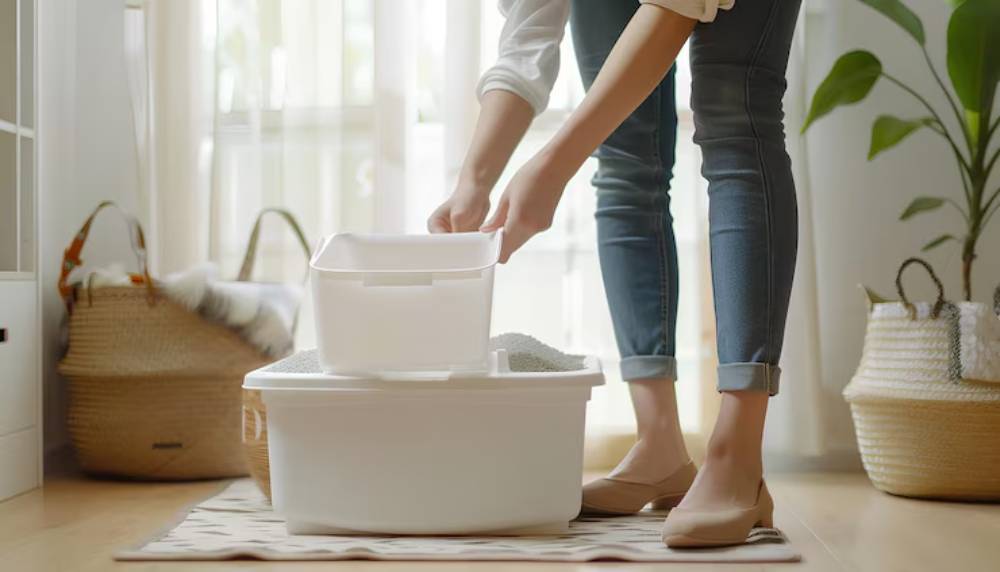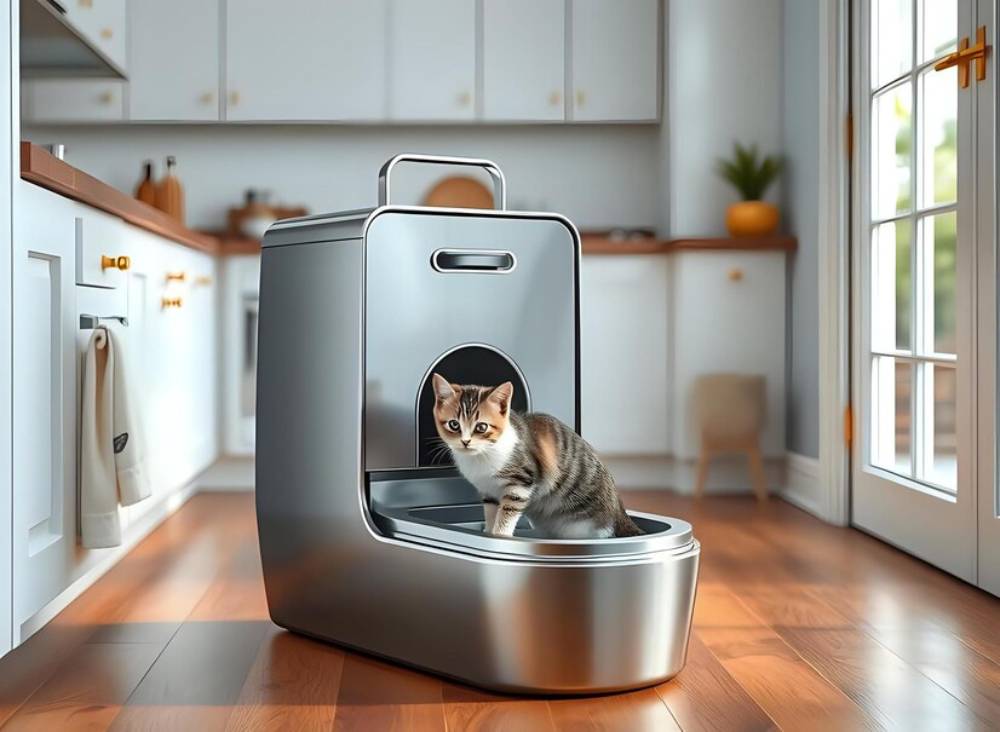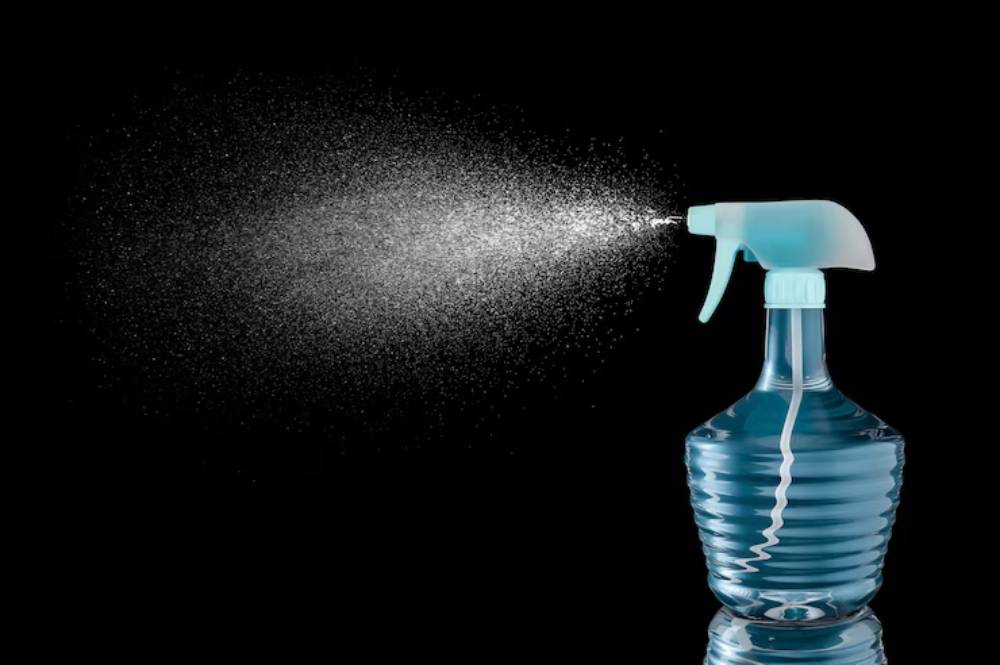The Pets & Animal Care Blog

How to Deep Clean a Litter Box Without Harsh Chemicals
If you’ve ever cleaned a litter box and found yourself overwhelmed by fumes or worried about your cat’s paws soaking up residue, you’re not alone. Traditional cleaning agents may promise a sparkling finish, but many contain harsh chemicals that can irritate sensitive feline noses, skin, and respiratory systems—not to mention harm the environment.
Choosing a natural litter box cleaning routine isn’t just about being eco-conscious. It’s about creating a safer, healthier space for your beloved pet. In this guide, you’ll learn how to clean a litter box deep using chemical-free methods, natural ingredients, and practical tips—perfect for those who embrace eco cat cleaning tips without compromising hygiene.
Let’s break it down step-by-step so you can feel confident you’re giving your cat the safest toilet possible.
The Core of Natural Litter Box Cleaning
Why Avoid Harsh Chemicals?
Most commercial cleaning products contain:
- Ammonia (already present in cat urine, so adding more? Not great.)
- Bleach, which can create toxic fumes when mixed, even unintentionally.
- Synthetic fragrances are common irritants for cats and humans alike.
According to the ASPCA, these substances can pose real risks to your cat’s health, particularly if they have allergies, asthma, or sensitive skin.
What Makes a Natural Cleaner Safe?
An effective chemical-free cleaner:
- Uses non-toxic, food-grade ingredients
- It is odour-neutralising, not just scented
- Breaks down waste naturally and safely
- Leaves no residue on surfaces your cat touches
Pro Tip: Clean the box weekly (deep clean) and scoop daily to keep it odour-free and inviting.
Quick Guide: Natural Litter Box Cleaning Checklist
Here’s a handy overview before we go deeper:
- Remove all litter
- Wash the box with warm water
- Use baking soda and vinegar for natural sanitising
- Scrub with a brush (dedicated for this purpose only)
- Rinse thoroughly
- Dry completely before refilling
- Replace litter with a fresh, clean batch
Important Note: Keep a spare litter box to rotate while one is drying. It saves time and keeps your cat happy.
Step-by-Step Guide: Chemical-Free Deep Cleaning

Step 1: Gather Your Natural Supplies
You’ll need:
- White vinegar
- Baking soda
- Warm water
- A scrub brush or sponge (non-abrasive)
- Old towels or paper towels
- Optional: Castile soap or unscented mild dish soap (biodegradable)
Step 2: Empty the Litter Completely
Start by removing all litter and putting it in a compostable bag or bin (if you’re using it), or dispose of it responsibly based on local waste guidelines.
Step 3: Soak the Litter Box
Rinse the box with warm water. Then pour about 1/2 cup of white vinegar and sprinkle 1–2 tablespoons of baking soda around the base. Let it sit for 5–10 minutes. This fizzy combo naturally lifts grime and neutralises odour.
Step 4: Scrub Away Grime
Use a scrub brush to clean all corners, including the underside of the box and any rims or grooves. Focus on areas that collect residue.
Step 5: Rinse and Dry
Rinse thoroughly with water. Avoid leaving baking soda or vinegar behind—cats are sensitive to trace scents. Pat dry with a towel or let it air-dry fully in a sunny spot (sunlight helps sanitise naturally!).
Step 6: Add Fresh Litter
Once the box is dry, refill with eco-friendly, fragrance-free litter—preferably made from recycled paper, wood, or corn.
Choosing the Right Litter Box Material

While plastic boxes are most common, they tend to absorb odours over time and develop scratches that harbour bacteria. If you’re committed to a natural cleaning routine, consider switching to stainless steel or ceramic litter boxes. These materials are non-porous, resistant to stains, and significantly easier to deep clean without relying on harsh chemicals.
Stainless steel boxes, in particular, do not retain ammonia odour and are compatible with clumping and non-clumping eco-friendly litter. Though slightly more expensive initially, they often outlast plastic versions and support a lower-maintenance, chemical-free lifestyle.
Natural Disinfectant Spray for Daily Freshness

For quick daily spritzes between deep cleans, you can make a natural disinfectant spray using the following recipe:
- 1 cup distilled water
- 1 tablespoon white vinegar
- 1 tablespoon unscented Castile soap
- (Optional) 1 drop of cat-safe chamomile hydrosol (never essential oil)
Mix the ingredients in a spray bottle. After scooping out waste, spray the inside surfaces lightly and wipe with a cloth. Always allow it to dry thoroughly before your cat uses the box.
More Than One Cat? Adjust Your Cleaning Routine
The litter box workload increases in multi-cat households. Deep cleaning should occur every 4–5 days to prevent bacterial build-up and litter aversion. If space allows, provide one litter box per cat plus one extra. This helps maintain hygiene and reduces behavioural issues linked to dirty boxes.
Best Practices & Eco-Friendly Extras
- Use washable litter mats from recycled rubber or fabric to catch mess around the box.
- Consider a stainless steel litter box—it doesn’t absorb odour and is easier to clean.
- Add a touch of activated charcoal in a sachet near the litter area to neutralise ongoing smells naturally.
- Use reusable gloves and compostable liners if needed, but many eco-cat owners skip liners altogether to avoid plastic waste.
FAQS: Natural Litter Box Cleaning
Can I use lemon juice instead of vinegar?
Yes, but in moderation. Lemon can be a strong scent for cats. Stick with diluted vinegar for a milder, safer clean.
How often should I deep clean the litter box?
Ideally, once a week. Aim for multiple cats or heavy use every 4–5 days.
Is baking soda safe for cats?
Yes—when used for cleaning and rinsed away properly. Avoid adding it directly to litter unless recommended by your vet.
What’s the best eco-litter to pair with natural cleaning?
Look for unscented options made from wood, paper, tofu, corn, or walnut shells. These break down naturally and complement your chemical-free routine.
Clean Box, Happy Cat
A clean litter box is more than a chore—it’s vital to your cat’s health and well-being. By switching to a natural litter box cleaning routine, you’re doing your bit for chemical-free cat care while protecting your home and the environment.
Not only will your feline friend thank you, but you’ll likely notice the difference in smell, hygiene, and peace of mind. These eco cat cleaning tips are easy, affordable, and sustainable for the long haul.
Share this guide with fellow cat lovers or leave a comment with your natural cleaning tips. If you haven’t yet, try a deep clean using the steps above—you (and your cat) won’t regret it!









